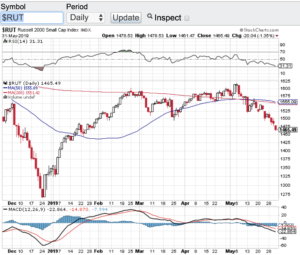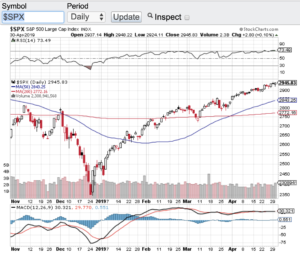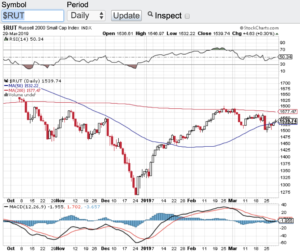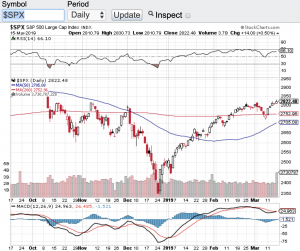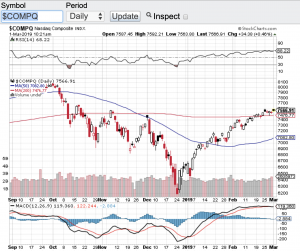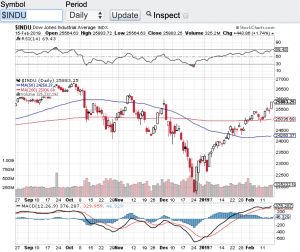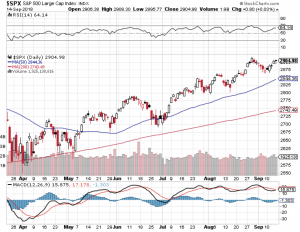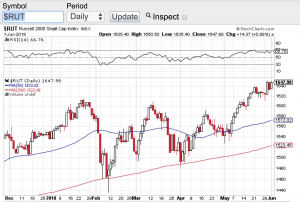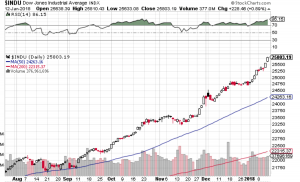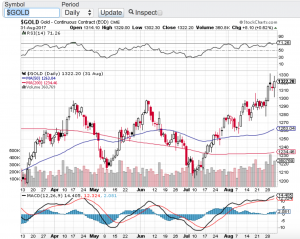If it wasn’t enough to hit China harder, now Mexico too? Look by no means am I an expert on trade, tariffs or politics, but one thing I do know the stock market doesn’t like what has been going on with all three! The stock market also dislikes uncertainty and curve balls and this administration is certainly throwing a lot of both out there lately. Stocks have taken it on the chin with yet another wave of selling this week. For the first time since January the Dow Jones Industrial Average (see chart here) has fallen below the 25,000 mark. The S&P 500 (see chart here) closed in the 2,750 zone, the Nasdaq Composite (see chart here) closed near the 7,450 level and the small-cap Russell 2000 (see chart below) closed at 1,465.
What’s more eye catching to me is that all of the major averages have now fallen below their respective 200-day moving averages. Let’s do take a look at the technical shape of the market to see how much damage has been done. Now that the 200-day moving averages have been breached lets look at the RSI of each index. The relative strength index is a technical indicator that expresses whether or not a stock or index is overbought or oversold (click here for RSI). The Dow Jones Industrials (chart), the S&P 500 (chart), the Nasdaq Composite (chart) and the small-cap Russell 2000 (chart) all are racing toward the oversold level of 30. In fact, the Dow Jones breached the 30 level of the RSI yesterday.
Historically when stocks or indexes break their key support levels and head down towards the 30 level of the RSI, there is usually a continuation through that metric as well. That said, history does not always repeat itself but I would also not be surprised to see more selling pressure in the near future. Good luck to all 🙂
~George
